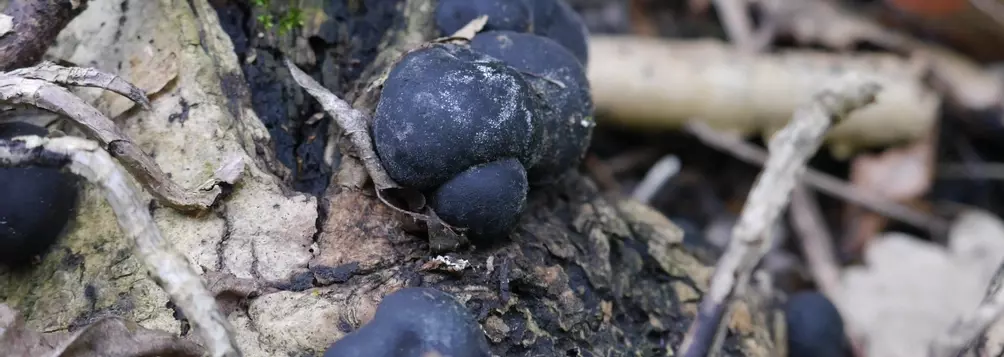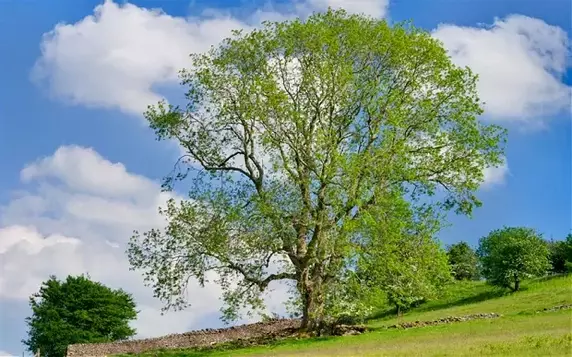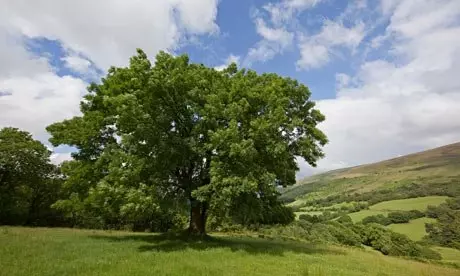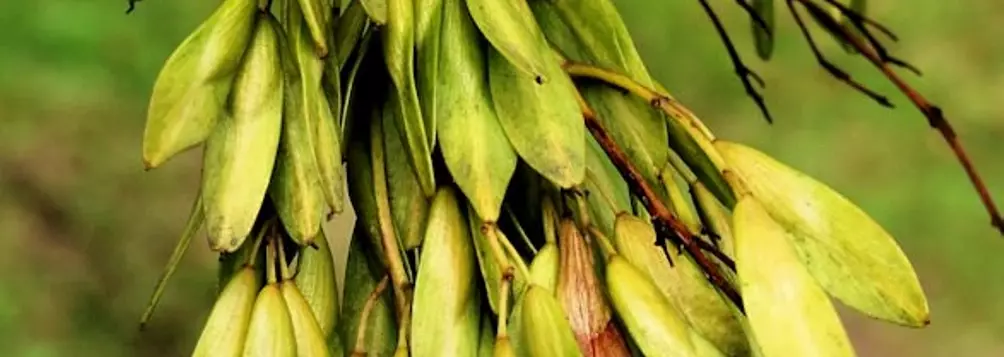The Admirable Ash...
The Ash tree (Fraxinus Excelsior), part of the Oleaceae family, is the third most common tree in Britain, and yet what do we know about this majestical tree of our woodland?
The Ash Tree is known as the 'timber tree,' as it is not only a good wood for burning, but also an excellent wood for use in the timber trade, due to its renowned strength and flexibility. It is used extensively throughout the building business, due to these properties, for furniture making, garden tools, farming equipment, weapons and also musical instruments. I like to refer to it as the 'burner/turner' tree, which enables me to remember its qualities and I also like to feel that its strength and flexibility are two areas that I take through to my job; hence 'From the Ashes...'
John Evelyn, (1620 - 1706), a British horticulturist and diarist, published 'Sylva,' in 1664, a comprehensive study of the nation's trees, which was the first book ever published by the Royal Horticultural Society (RHS), and the World's earliest forestry book. In this book, Evelyn stated that, 'every prudent Lord of a Manor should employ one acre of ground with Ash to every twenty acres of other land, since in as many years it would be more worth than the land itself...' In April 2014, Gabriel Hemery and Sarah Simblet launched The New Sylva for the 21st Century - A Discourse of Forest and Orchard Trees, which based on the original book, updated the entries for today's reading.
The ash provides perfect habitats for a number of different species of wildlife and with its airy canopy and early leaf fall, this allows sunlight to reach the forest floor enabling the perfect condition for dog violet and dogs mercury to thrive, which the rare and threatened high brown fritillary butterfly, in turn, feeds off... https://www.ecosia.org/images?q=high+brown+fritillary.
During the winter months the ash can be identified by its black buds which are shaped like Bishops mitres, which form on opposite branching forms. A compound leaf which has between 5 and 9 leaflets per leaf, identifies the tree in spring, and its unique diamond like patterning of the bark is fairly distinctive in the woods. The winged seeds or 'spinners,' also known as ash keys, provide perfect conditions for butterflies and woodpeckers, as well as owls, redstarts and nuthatches, who all use the trees for nesting. A fungi called cramp balls or King Alfred cakes, form on the dead or dying branches of the ash tree and are natures excellent fire starters when dried. History tells of how these little black gems were used to transfer fire from one place to another, as once alight they can be kept alight and carried. Once sited, the cramp balls can be gently blown enabling the embers to glow, and by adding dry tinder to the ball a new fire can emerge in its new site.
There's an ancient weather-lore saying that states:
Oak before Ash
In for a splash
Ash before Oak
In for a soak
And depending on which tree comes into leaf first, determines the weather for the rest of the summer...
In Norse mythology the first man was made from ash and Yggdrasal - the tree of the World - is thought to be an ash tree...










